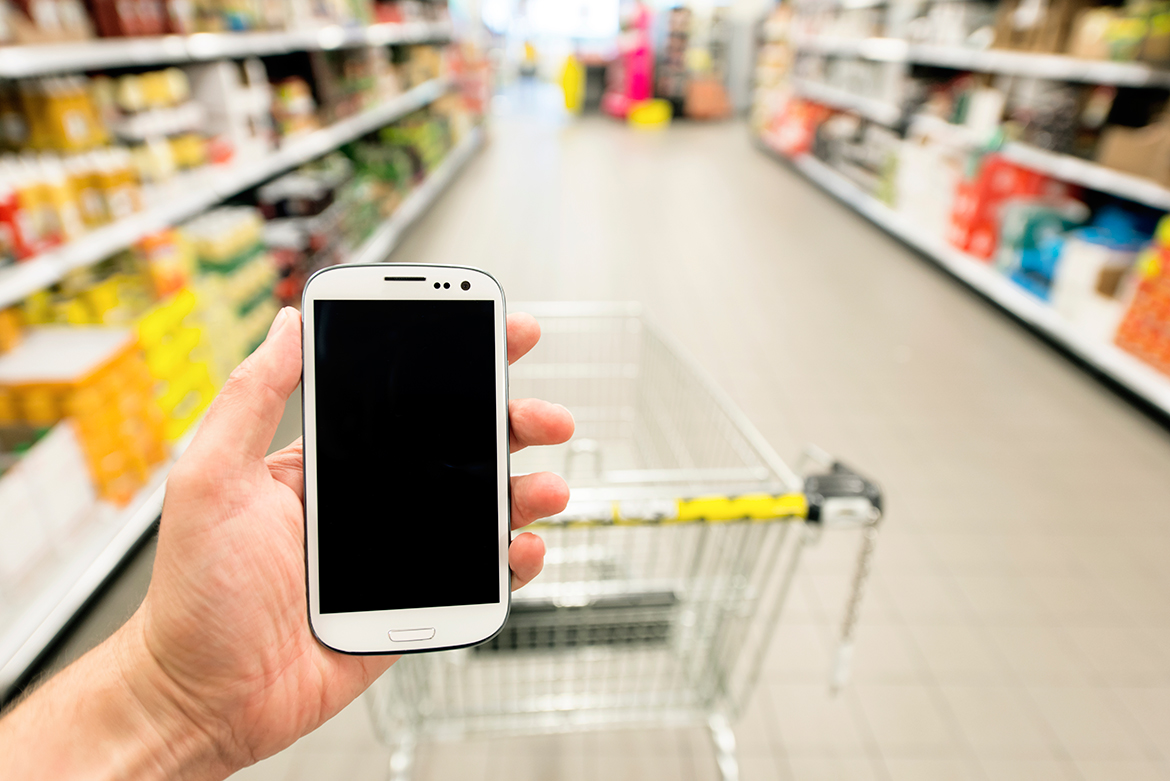Within the present scenario of mobile-centric universal commerce, the merchants are increasingly making efforts to drive their global presence on multiple channels alongside delivering greater service and capability exposure to their respective businesses. One key area which witnesses both steady as well as consistently high development is hyper local commerce.
What is hyper local commerce?
In general terms, Hyper local refers to a very specific area, area in proximity of your home or your business or your current location. The term ‘hyper-local commerce’ arrives with the addition of payments and, marketing options available in your vicinity.
Why is hyper local commerce making so much sense?
Hyper local is the next frontier which is merging the online and offline platforms in order to bring massive scale demand and deliver the goods in the shortest possible time. While hyper local is being seen as the next avenue to accelerate commerce scale and quite simple to explain executing the model may prove to be an uphill task.
The technologies supporting penetration of hyper local commerce
Various technologies have made their way to enable hyper local commerce – ranging from the initial ones like cell-tower triangulation & GPS to the recent and popular ones such as Wi-Fi Direct, NFC and BLE.
BLE is one of the most appropriate technologies to make hyper local commerce possible in an efficient manner. According to reports, by the year 2019, BLE beacon shipments could create a 160 million unit market. The Bluetooth SIG has predicted that more than 90 per cent Bluetooth-enabled smartphones will support two BLE by the year 2018.

How is BLE helping the hyper local commerce?
BLE puts forward a strong business case by allowing the merchants to engage with the consumers at the right time. By pushing information to them, by allowing them to make more effective and informed decisions, BLE can be used to influence their purchase decisions. The retailers can use BLE to provide advertisements, coupons, offers, welcome message and product information as soon as a consumer approaches or enters the store.
BLE is benefitting the hyper local commerce at different segments of the retail experience:
During purchase
- Increasing customer foot-fall through push marketing
- Customer analytics enabling better business decision making
- In-store offers to drive purchase decision
- Customer assistance
- Out-of-the-box marketing
Payment
- Hands-free payment
Post Purchase
- Driving repeat visit
- Evoking loyalty app
Overall, BLE’s ability to provide location-based communication can make marketing communication and shopping experience significantly more contextual.
Conclusion
BLE has tremendous potential. Although, the retailers have been the first to adopt the BLE technology to the maximum extent; the potential of BLE is far beyond retailing. From entertainment venues and restaurants to banking and airports, there are plethora of innovative ways in which BLE can be deployed in order to deliver over & above what the smartphone users can expect.






